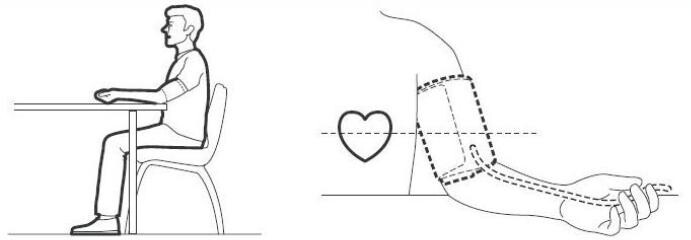Today, the 17th May, is World Hypertension Day and an ideal opportunity to remind everyone how important it is to check your blood pressure on a day-to-day basis. It also seems the perfect time to offer a little advice on how we can all avoid high blood pressure.
Every year on the 17th May, the world celebrates World Hypertension Day. It’s organised by the “World Hypertension League” and aims to raise awareness about how high blood pressure can trigger kidney and heart failure as well as strokes. So today is the perfect day to offer a little reminder about how to prevent, detect and treat high blood pressure.
As I have stated in previous posts, hypertension refers to a cardiac chronic medical condition in which the blood pressure is elevated. High blood pressure has a detrimental effect on arteries and key organs.
Did you know that lots of people have high blood pressure for many years without even knowing? In fact, there are no specific symptoms for hypertension which has led to this condition to be referred to as a “silent killer”.
As the famous proverb goes: “prevention is better than cure”, so regular monitoring of your blood pressure is highly recommended by the medical profession. After all, this is why we set about redesigning the traditional blood pressure monitor to make it more connected, elegant and easier to use, so that we would all be able to keep an eye on our blood pressure from day-to-day.
The importance of monitoring your blood pressure
Blood pressure is the pressure exerted by circulating blood against the artery walls as the heart pumps blood around the body. The result of your blood pressure recording is determined by both the strength and the amount of blood being pumped as well as the size and suppleness of the arteries. Each reading includes two figures, for example: 120/80 which is read as “120 over 80”. The number 120 refers to the systolic pressure, that is to say the maximum pressure created as the heart contracts. A reading of between 90 and 140 is generally thought to be the normal reading for an adult’s systolic pressure. The second number (80) refers to the diastolic pressure, which is the lowest pressure within the arterial blood stream occurring during each heart beat. A recording between 60 and 90 is thought to be suitable for an adult. Nevertheless, it is always best to inform your doctor of your measurements so that he or she can give their professional advice. Your doctor could, if necessary, then prescribe you something to help decrease your blood pressure and help prevent heart failure or a stroke.
source tensiometre.net
Some advice
There are several steps you can take to reduce your blood pressure, the most important one being to have a balanced diet! Being overweight is one of the main triggers of high blood pressure. Picking healthy foods is a great first step. You should also try to eat more fruit and veg, make a vegetarian dish at least once a week, not drink more than one or two glasses of alcohol a day, reduce your salt intake and use fresh herbs, lemon juice and vinegar instead of other less healthy alternatives. A good way to keep an eye on your weight is to regularly measure your body weight (an index calculated as a function of your size as well as your mass). This is of course made easy peasy thanks to the Withings Body Scale which gives you all the key measurements.
Are you a smoker? Well, unfortunately, cigarettes also trigger high blood pressure. If you’re not able to give them up at the click of a switch, how about trying to reduce your daily consumption?
Finally, it is really important to lead an active lifestyle and to do some physical activity every day. If you don’t have the time, try taking the stairs rather than the lift, or park your car further away so that you can walk for longer. Even better: start cycling to get around or put on some music while you’re doing the housework and have a little dance… the ideas are endless! By simply doing 30 minutes of exercise each day that can be enough to stay fit.
I hope this post has increased your awareness of the importance of monitoring your blood pressure. Feel free to pass this around and make the most of World Hypertension Day by telling others about this important issue. And finally, we’d love to get your comments and find out if you monitor your blood pressure.



